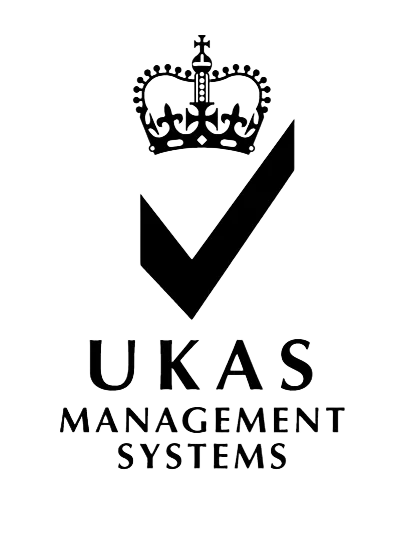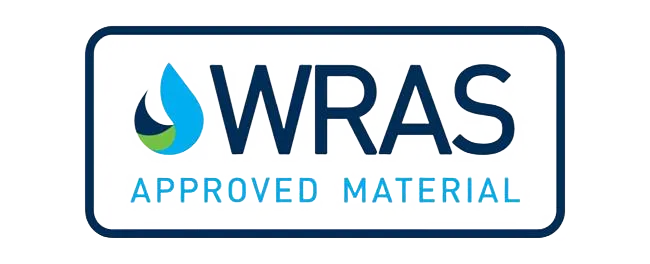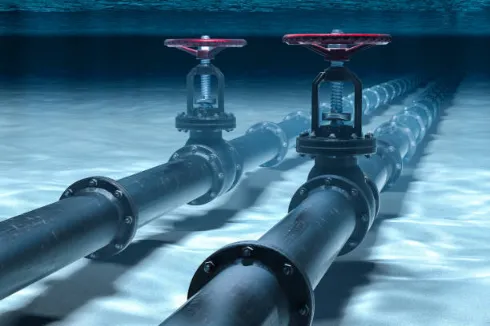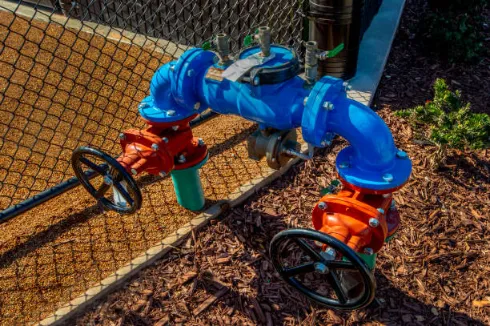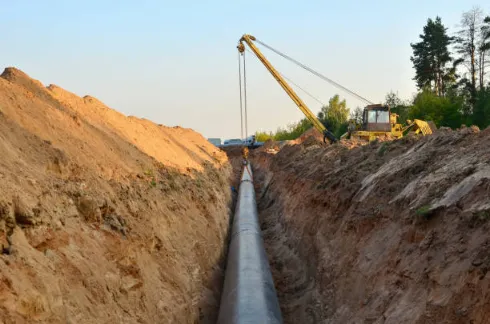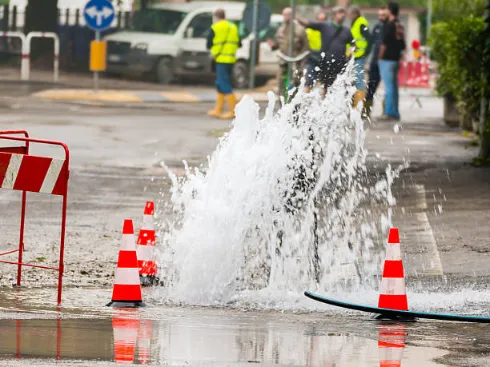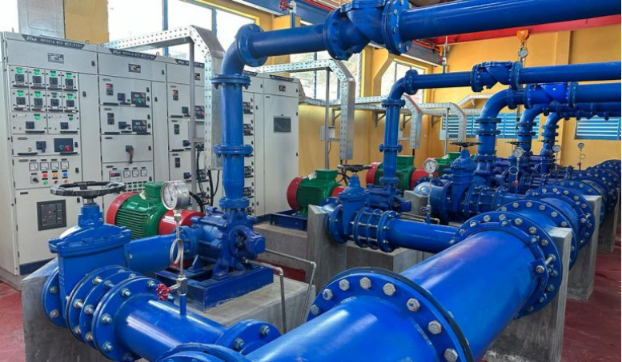
Обзор железных труб и их промышленного применения
Что делает железные трубы подходящими для инфраструктурных проектов
Гибкое железо начинается с плавленного железа, смешанного с чистым магнием, прежде чем он будет формован. Это настраивает графит внутри в круглые формы, что делает материал сумасшедшим сильным и изгибшим. Эти трубы могут работать более 100 лет, потому что они прочны, как ногти, и супер надежны. Они выдерживают дикую погоду и сильное давление, поэтому они отлично подходят для крупных работ, таких как городские водопроводные линии или городские дренажные установки. Их сила и способность гибаться без трещин делают их идеальными для проектов, которые должны длиться долго.
Общие отрасли промышленности, которые используют системы трубопроводов из гибкого железа
Гибкие железные трубы фантастически подходят для перемещения грунтовых вод, поскольку они не легко ржавеют и могут взять удар. Вы увидите их в канализационных системах, противопожарных установках или трубах, перевозящих промышленные жидкости. Их прочная конструкция делает их идеальными для грубых мест, таких как под загруженными дорогами или взлетно-посадочными полосами аэропорта, где тяжелые вещи всегда давят вниз.
Преимущества производительности в передаче воды, газа и нефти
Гибкие железные трубы могут быть сделаны супер широкими, позволяя большему количеству жидкости проходить через молню, сохраняя при этом энергию. Цементная облицовка внутри снижает трение и держит ржавчину подальше. По сравнению со стальными трубами, они проходят дольше в жестких, коррозионных местах и по-прежнему справляются с высоким давлением, как шампионы. Вот почему они являются лучшим выбором для перемещения воды, газа или нефти на длительные участки.
Исследование диаграммы размеров железных труб
Ключевые компоненты диаграммы размеров железных труб
А диаграмма размеров труб из гибкого железа излагает ключевую информацию: номинальный диаметр (DN), толщина стенки (T), внешний диаметр (OD), внутренний диаметр (ID), вес на метр (кг/м) и класс давления. Эти детали помогают строителям выбрать правильные фитинги, соединения и опоры для их работы. Каждое число имеет большое значение для обеспечения беспрепятственной работы системы.
Как интерпретировать номинальный диаметр, толщину стены и вес
Номинальный диаметр похож на приблизительную угадку внутреннего размера трубы. Толщина стены определяет, насколько тверда труба и сколько давления она может взять. Вес на метр помогает определить, сколько поддержки требуется трубе при установке или планировании поддержки. Например, а Труба DN300 с более толстыми стенами тяжелее, но может справиться с гораздо большим давлением, чем более тонкий один того же размера.
Почему точное измерение имеет значение в инженерных приложениях
Выбор правильного размера означает, что труба может нести правильное количество жидкости, не теряя давления или создавая беспорядок с турбулентностью. Это также гарантирует, что труба работает с такими вещами, как клапаны, фланцы или специальные соединения, такие как фланцевый демонтажный соединение конфлексных соединений DN600 PN16. Попутаните размеры, и вы можете в конечном итоге получить утечки или систему, которая просто отказывается, что является огромной головной болью.
Подробное руководство по диаметру железных труб
Стандартные диапазоны диаметров для различных классов давления
Трубы из гибкого железа доступны в размерах от DN80 до DN2000 или даже больше. Каждый класс давления, например PN10, PN16 или PN25, имеет свою собственную толщину стенки, чтобы оставаться безопасным в разных условиях. Вот пример:
- Труба DN500 для PN10 может иметь толщину стенки 6,3 мм.
- Эта же труба DN500 для PN25 может потребовать толщины стенки 11 мм.
А диаграмма диаметра железных труб помогает строителям выбрать идеальную трубу для работы.
Сравнение внутренних и внешних диаметров при выборе труб
Внутренний диаметр контролирует, сколько жидкости может проходить через него. Внешний диаметр имеет значение для установки трубы в зажимы или соединения, например, универсальное соединение DN300 Conflex Joints. Вы должны знать оба размера при подключении труб разных производителей или фиксации старых систем. В диаграмма диаметра железных труб Убедитесь, что все вписывается правильно.
Использование диаграммы диаметра железных труб для совместимости системы
А диаграмма диаметра железных труб обеспечивает все части трубопровода играют хорошо вместе. Например, когда вы используете демонтажные соединения или ремонтные зажимы, соответствие внешнему диаметру является обязательным, чтобы избежать утечки. График позволяет строителям проверять, что каждая часть идеально подходит.
Выбор правильного размера трубы на основе требований проекта
Факторы, влияющие на выбор размера трубы в различных системах
Некоторые вещи помогают решить, какой размер трубы использовать:
- Какая жидкость: вода нуждается в разных размерах, чем газ.
- Сколько потока: большим количествам нужны более широкие трубы.
- Сколько давления: более высокое давление означает более толстые стены.
- Куда это идет: суровые почвы могут потребовать дополнительных покрытий.
В зависимости от окружающей среды проекта строители выбирают железные трубы или стальные трубы, которые могут справляться с ржавью или высоким теплом.
Соответствующие размеры труб с потребностями в потоке и давлении
Строители делают некоторые базовые математики с скоростью потока (м/с), площадью трубы (м²) и объемом потока (м³/ч), чтобы найти лучший диаметр. Слишком малые трубы вызывают трение, что тратит энергию. Слишком большие трубы стоят больше, чем вам нужно. В диаграмма размеров труб из гибкого железа помогает ногтям правильный размер для работы.
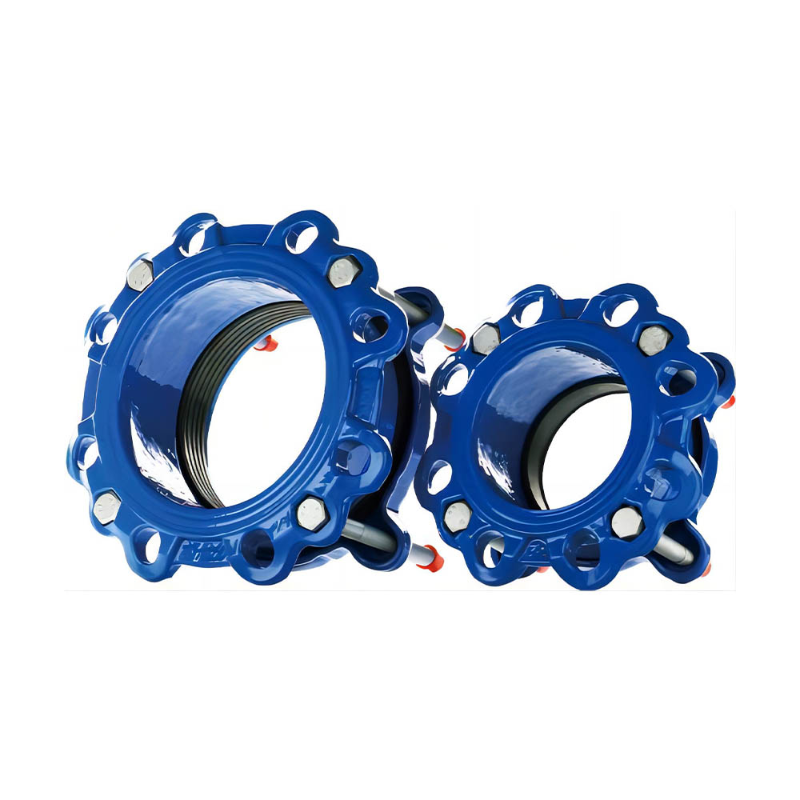
Избегать распространенных ошибок при чтении диаграммы размеров
Одним из больших упс является смешивание номинальных и фактических диаметров. Всегда дважды проверяйте, показывают ли диаграммы внутренние или внешние измерения. Кроме того, следите за единицами - некоторые диаграммы используют миллиметры, другие дюймы. Убедитесь, что рейтинги давления соответствуют потребностям вашего проекта, или вы просите о неприятностях.
Практические советы по использованию диаграммы размеров железных труб на месте
Инструменты и методы точного измерения существующих трубопроводов
Поймите инструменты, такие как калиперы или ультразвуковые измерители, чтобы точно измерить внешний и внутренний диаметры. Для труб, захороненных под землей, проникающий в землю радар может помочь найти и измерить их, прежде чем начать копать. Часто проверяйте свои инструменты, чтобы избежать повреждений, которые могут помешать выбору установки или работе системы.
Как инженеры используют диаграммы во время планирования установки и технического обслуживания
При установке вещей строители используют диаграмма размеров труб из гибкого железа с чертежами CAD, чтобы выбрать фитинги, как Conflex Фланцевые адаптеры DN400 PN10/16/25. Это экономит время, сокращая изменения во время работы. Для технического обслуживания знание точных размеров помогает заменить детали, не разрывая целых секций.
Интеграция диаграмм размеров в рабочие процессы CAD и BIM
Современные системы информационного моделирования зданий (BIM) позволяют строителям подключаться диаграммы размеров труб из гибкого железа в их дизайнах. Это рано выявляет проблемы между трубопроводными системами, экономяя время при начале строительства. Графики могут обновляться автоматически, поэтому изменения быстро появляются на всех рисунках - спасатель для крупных проектов с участием много людей.
Роль производителей в предоставлении точных данных о размерах
Почему диаграммы, поставляемые производителем, обеспечивают большую точность
Диаграммы таких компаний, как Conflex Joints, основаны на реальных измерениях продукта, а не только грубых идеях. Это означает, что фитинги, такие как демонтажные соединения или соединения, идеально соответствуют гвинтым железным трубам, когда вы их устанавливаете. Стальные трубы должны следовать промышленным правилам, но системы из гвоздого железа нуждаются в еще более строгих стандартах, чтобы оставаться твердыми в течение многих лет.
Варианты настройки на основе масштаба и сложности проекта
Некоторые работы требуют странных размеров или длин труб из-за тесных пространств или старых настроек. Компании могут создавать настроенные детали, которые точно соответствуют вашим планам проекта, что облегчает исправления или обновления. Услуга настройки соединений Conflex предлагает такой вид работы на месте для сложных инженерных задач.
Как Conflex Joints поддерживает инженеров с надежными данными о продукте
Более 15 лет помогая людям в Европе, Америке, Африке и Азии, Conflex Joints производит высококачественные трубопроводные продукты, такие как:
- Фланцевые адаптеры
- Универсальные соединения
- Фланцевые демонтажные соединения
- Ремонт зажимы
Они содержат четкие руководства, в том числе диаграммы размеров труб из гибкого железа Работает с CAD и BIM системами. Это позволяет быстро установить водопроводы, отопительные сети, газопроводы, нефтепроводы и химические заводы по всему миру.
Часто задаваемые вопросы
Для чего используется диаграмма диаметра железных труб?
Он помогает строителям выбрать правильные размеры труб на основе внутренних и внешних диаметров для потребностей в потоке жидкости и давлении. Кроме того, это гарантирует, что детали, такие как фланцы или соединения, хорошо вписываются вместе.
Как узнать, какой класс давления нужен моему проекту?
Проверьте максимальные потребности вашего проекта. Тогда посмотрите на диаграмма размеров труб из гибкого железа чтобы найти толщины стенок для классов давления, таких как PN10 или PN25.
Могу ли я смешивать компоненты разных производителей?
Это рисковано, если вы не уверены, что размеры точно соответствуют официальному диаметр железных трубЕсли они не подходят, вы можете получить утечки или суставы, которые разрушаются под давлением.
Почему номинальный диаметр отличается от фактических измерений?
Номинальный диаметр - это всего лишь грубой ориентир. Реальные внутренние или внешние диаметры зависят от толщины стены, показанной в диаграммы размеров труб из гибкого железа для различных классов давления.
Где я могу найти надежные данные о размерах труб из гибкого железа?
Идите на диаграммы от производителей, таких как Conflex Joints. Они соответствуют реальным размерам продукта, а не просто угадкам, поэтому они намного более точны.
Для помощи в выборе решений для соединения трубопроводов для вашего проекта свяжитесь с Conflex Joints сегодня! С более чем 15 лет в качестве ведущего производителя, они предлагают потрясающие промышленные трубопроводы соединения и ремонта продуктов. Их надежное обслуживание означает быструю установку и исправления.


